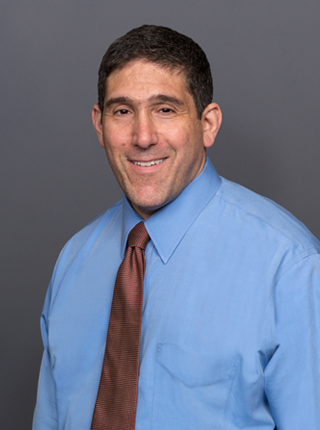Temple Physician Testing Mirror Therapy in Injured Combat Veterans
 Can a simple mirror help lessen the pain experienced by combat veterans with complex orthopedic injuries or nerve damage to the limbs? That is the premise behind a new research study being conducted by a Temple University School of Medicine (TUSM) physician.
Can a simple mirror help lessen the pain experienced by combat veterans with complex orthopedic injuries or nerve damage to the limbs? That is the premise behind a new research study being conducted by a Temple University School of Medicine (TUSM) physician.
Referred to as "mirror therapy," this rehabilitative technique uses a common mirror to display a reflection of the patient’s healthy arm or leg where the injured limb would be. When the patient moves his or her healthy limb, the mirror provides the optical illusion that the injured limb is moving at the same time. For reasons not entirely understood, this seems to trick the brain into believing that the injured limb is functioning normally. This in turn can reduce pain and spasms in the injured limb.
“Mirror therapy has been shown to relieve phantom pain in amputees, but this pilot study could prompt doctors to consider this kind of therapy for patients with upper extremity injuries," says Eric Altschuler, MD, PhD, Associate Professor of Physical Medicine and Rehabilitation at TUSM and an active mirror therapy researcher.
Dr. Altschuler's pilot study will focus in on combat veterans with complex orthopedic and peripheral nerve injuries. Study patients will have significant injuries to two or more joints, muscles, or nerves in the same limb, as well as ongoing pain or discomfort that makes it hard for them to go about their daily lives.
The treatment regimen will involve 15 to 30 minutes of mirror therapy five to six days a week. Some therapy will take place at Walter Reed National Military Medical Center and some can be done at home by the patients themselves. Dr. Altschuler and his team will track the veterans' progress throughout the eight-week study to see if there is a reduction in pain and other symptoms.
Dr. Altschuler suspects that, much like amputees, people with severe injuries may be able to regain mobility and reduce pain, spasms and stiffness just by seeing their healthy limb move in the mirror's reflection.
Dr. Altschuler hopes to apply what he learns in this study to the civilian population.
"So much of what we've learned has come from studies of injured soldiers and veterans," he said. "The same should hold true for this study. If mirror therapy is beneficial for these veterans, that would prompt larger studies into this treatment, and for broader populations."
Dr. Altschuler's research is funded by the Milbank Veterans Rehabilitation grant from the Foundation for Physical Medicine & Rehabilitation.
